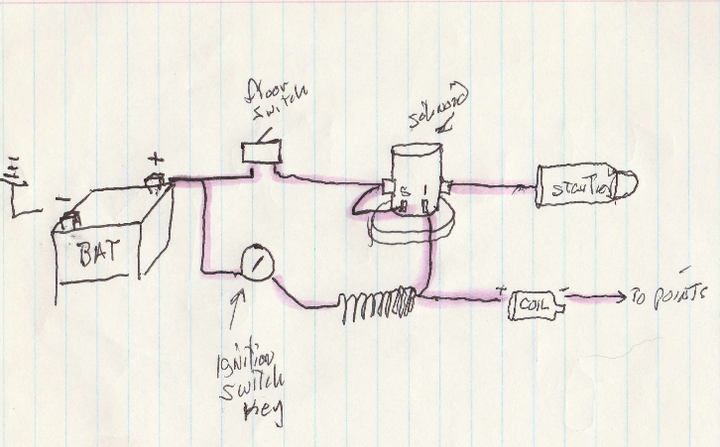mudmuckgrease
Member
This is about an old Ditch Witch J20:
There is something wrong, here, and I am hoping someone will see what it is as I can't explain why it behaves the way that it is:

I was continually burning out coils, so I got a automotive ballast resister and placed it before the coil. I have now been through three resisters. Each one got exceedingly hot and neither one of them continue to provide their rated ohms. With each resister, the motor will start, but when the starter switch is closed, the motor stops. If I move the coil '+' wire to bypass the resister, the motor runs without problems ? except I will soon burn out the coil. I tried a ballast resistor with a 1.2 ohm rating and two with 1.6 ohm ratings. With all resistors, I am only getting about ? volt to the coil when I stop the starter. The battery is a new 12volt automotive battery, and it is putting out about 12.7 volts
I'm hoping another pair of eyes will see something obvious that I am not.

There is something wrong, here, and I am hoping someone will see what it is as I can't explain why it behaves the way that it is:

I was continually burning out coils, so I got a automotive ballast resister and placed it before the coil. I have now been through three resisters. Each one got exceedingly hot and neither one of them continue to provide their rated ohms. With each resister, the motor will start, but when the starter switch is closed, the motor stops. If I move the coil '+' wire to bypass the resister, the motor runs without problems ? except I will soon burn out the coil. I tried a ballast resistor with a 1.2 ohm rating and two with 1.6 ohm ratings. With all resistors, I am only getting about ? volt to the coil when I stop the starter. The battery is a new 12volt automotive battery, and it is putting out about 12.7 volts
I'm hoping another pair of eyes will see something obvious that I am not.


